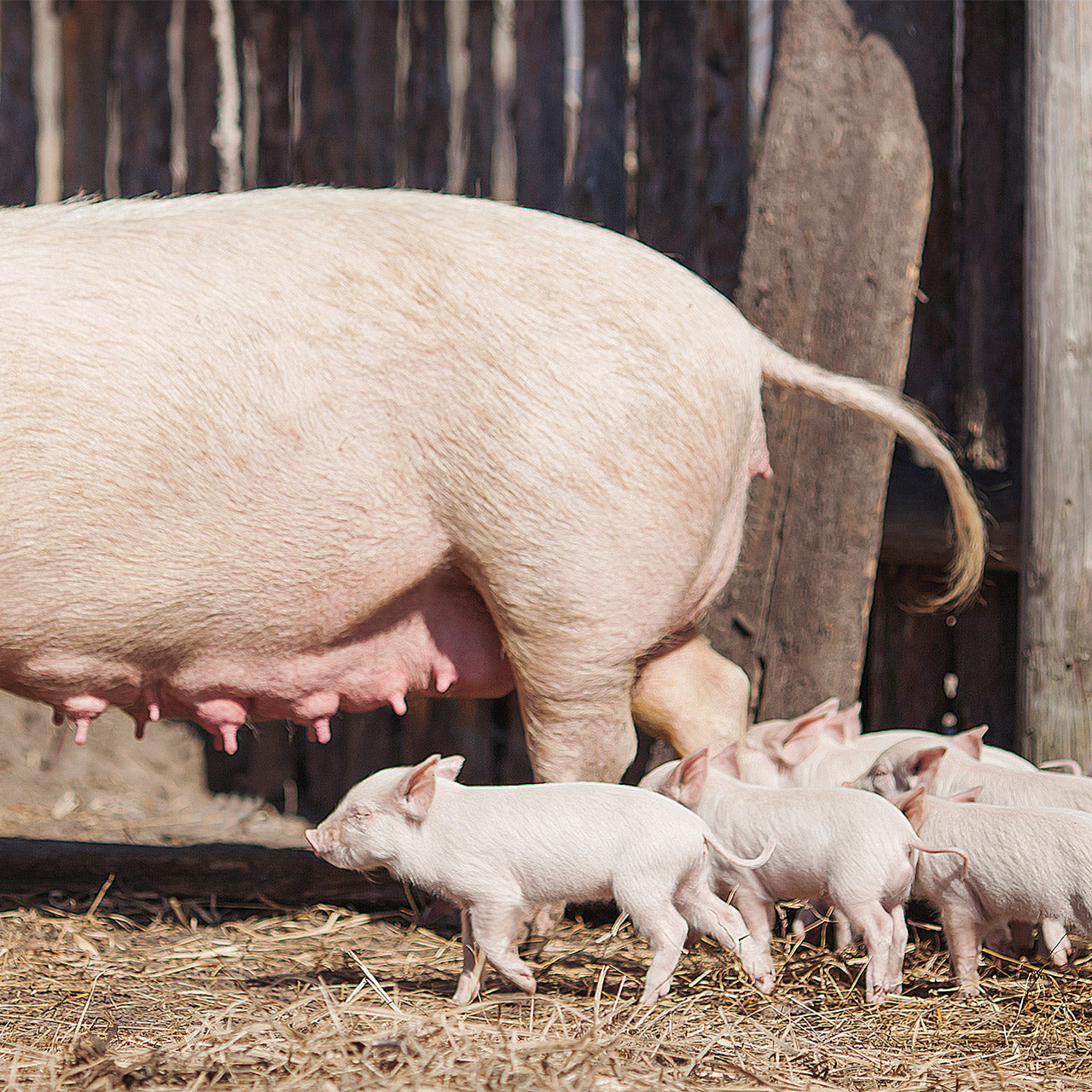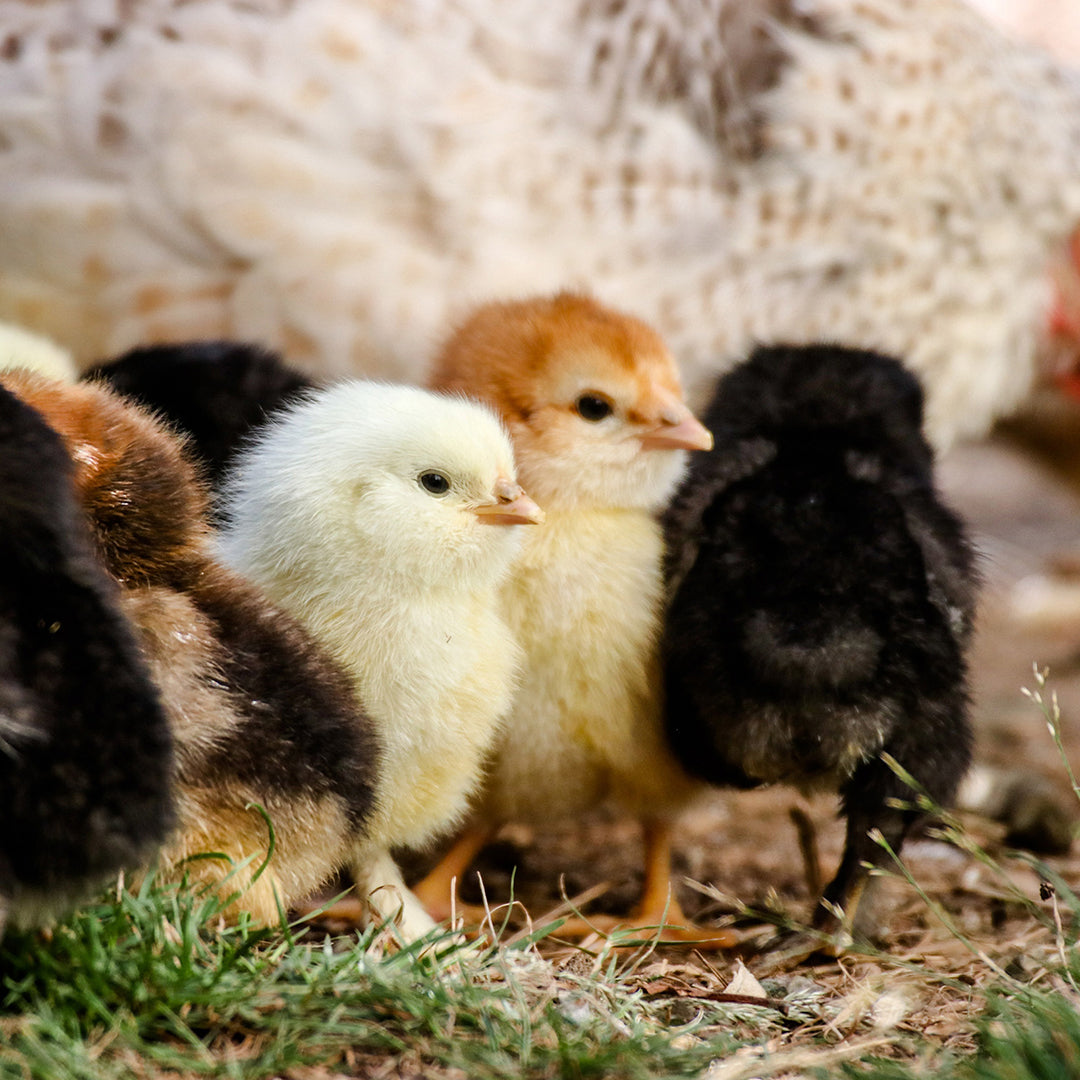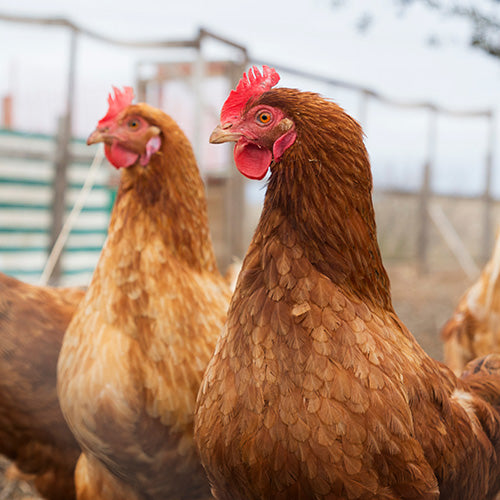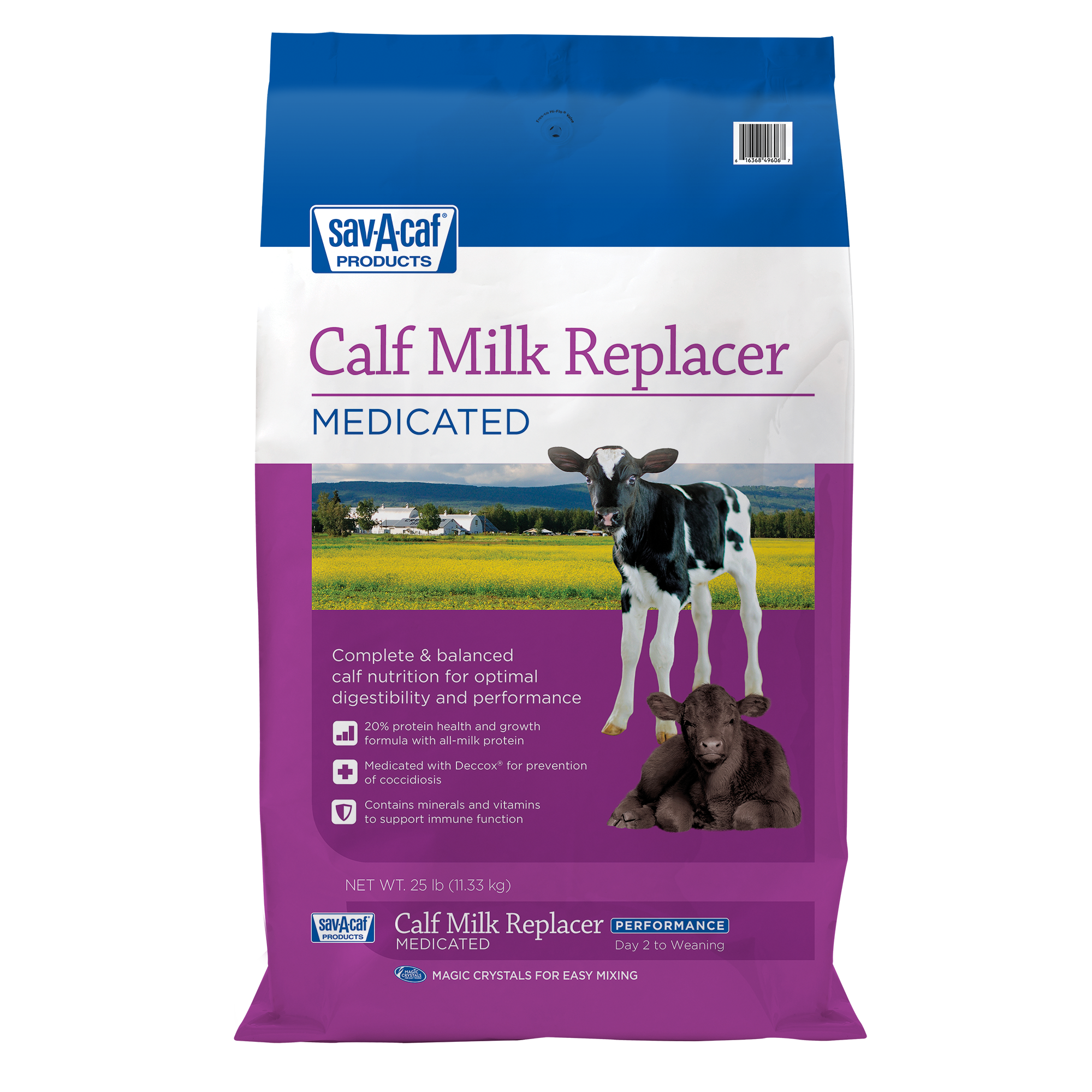
What to expect when your pig gives birth
Welcoming a litter of tiny piglets into the world is one of the great joys of raising pigs. However, the process can be a little overwhelming for those who are new to the process. Knowing what to expect and being prepared for any problems that may arise will increase your chances for healthy, productive piglets.
The Pregnancy
Most sows will have an average gestation period of 115 days, but larger litter sizes tend to correspond to shorter gestation periods. The average litter size is about 10 piglets, and each piglet weighs less than 3 lbs. on average at birth.
Signs of Labor
A sow’s due date is just an estimation so it is important to be ready for her to go into labor roughly two to three weeks ahead of time to avoid stress. Prepare a farrowing stall with plenty of clean, dry straw bedding to provide a more sanitary location for the mother to give birth and move her there about a week before her due date so she can get used to her new surroundings.
Begin monitoring her closely during this time for signs that labor may be approaching. These signs may vary depending on the sow, but some of the common things to look for are:
- Vulva swelling: About four days before farrowing, the sow’s vulva will swell and become more reddish in color.
- Swelling mammary glands: The mammary glands will begin filling with milk and showing watery secretions in preparation for farrowing in the next couple of days. When the secretions turn milkier, the first piglet is likely to arrive within 12-24 hours.
- Restlessness or pawing at the ground: When labor is approaching, it can be hard for the sow to get comfortable. She will likely get restless about 12-24 hours from farrowing.
- Laying down: When your sow lies down after the restless period, your piglets are likely on their way.
The Birthing Kit
Before your sow begins showing these signs of impending labor, make a birthing kit to best prepare yourself and your sow for what comes next. A well-stocked kit should include the following items:
- Flashlight: To better see all angles of your laboring sow and newborn piglets.
- Several clean, old towels: To cover the bedding during birth, dry off the new piglets and clean up birthing fluids.
- 7% iodine tincture and an empty prescription bottle: For dipping the piglets’ umbilical cords. A pill bottle is a good size and shape for holding the iodine during dipping.
- Betadine surgical scrubs: To sanitize supplies and your hands.
- Sterile lubrication: In case your veterinarian advises you to assist with the birth.
- Garbage bags: For collecting afterbirth and soiled towels.
- Heat lamp: To keep newborn piglets warm after birth.
- Bottles and nipples: In case the piglets are not able to nurse immediately after birth.
- Colostrum replacer or supplement: For the first, most critical feedings for piglets who are unable to nurse immediately.
- Electrolytes: To help reverse the effects of loss of body fluids due to diarrhea in newborn piglets and help rehydrate the show after laboring.
The Farrowing Process
You will know your sow is in labor when she is lying on her side and straining or shivering. The first piglet will likely be born within the hour. Closer to the birth of the first piglet, you may see some blood-tinged fluid and piglet fecal matter pass from the vulva. If this happens, you can expect your first piglet in the next 15-20 minutes. Your sow works the hardest during this time.
After the first piglet, her contractions will weaken until the next piglet makes its way down to the birth canal. The best indicator that the next piglet is on the way is the rapid twitching of your sow’s tail. You can expect one piglet every 15-20 minutes and a total farrowing time of two to three hours. The sow will pass her placenta or afterbirth after the last piglet is born within four hours.
There are two normal birth positions for a piglet: nose first with front legs folded back i.e., anterior presentation or back legs first, posterior presentation. If this is not the case with your piglets, and two piglets present at once, or a piglet is presenting breech or rump first and the sow does not seem to be making progress, consult your veterinarian for professional advice.
Prior to your piglets’ birth, make sure to find a good veterinarian or experienced pig owner who can help with any complications that you don’t feel prepared to handle on your own.
Discover more piglet care and nutrition tips and follow My Farm Journey on Facebook and Instagram.
Find Solutions for Your Animals
-

Whether housed in a coop or free ranging on your farm, your birds are exposed to multiple threats every day that could cause illness or impact their well-being. Now there’s a way to be more proactive with regular support for...
-

You’ve raised your chicks to adulthood and now they’re fully feathered hens. Way to go! Now, you get to enjoy their eggs and companionship for years to come. To maximize their life, support their production potential and kee...





